Name Ikuo Hirayama | ||
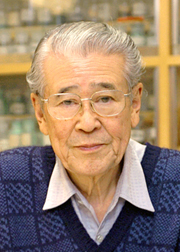 | ||
Died December 2, 2009, Tokyo, Japan Education Tokyo University of the Arts Books Ikuo Hirayama, A Life of Painting | ||
Japan Trip: Ikuo Hirayama's Art World at the Hirayama Ikuo Museum of Art, Onomici, Hiroshima 12
Ikuo Hirayama (Hirayama Ikuo 平山 郁夫; 15 June 1930 – 2 December 2009), was a Japanese Nihonga painter. Born in Setoda-chō, Hiroshima Prefecture, he was famous in Japan for Silk Road paintings of dreamy desert landscapes in Iran, Iraq, and China.
Contents
- Japan Trip Ikuo Hirayamas Art World at the Hirayama Ikuo Museum of Art Onomici Hiroshima 12
- Karya Seni Ikuo Hirayama Onomichi Jepang
- Biography
- Collecting
- References
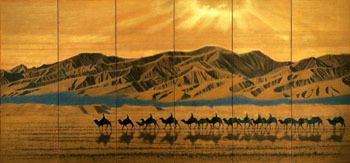
Karya Seni Ikuo Hirayama , Onomichi, Jepang
Biography
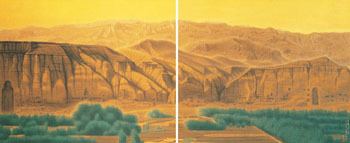
In 1952, he graduated from the Tokyo School of Art, or what is today's Tokyo National University of Fine Arts and Music (popularly known as "Geidai"), and became a disciple of Maeda Seison. Hirayama also served as President of his alma mater twice (1989–95 and 2001–05).
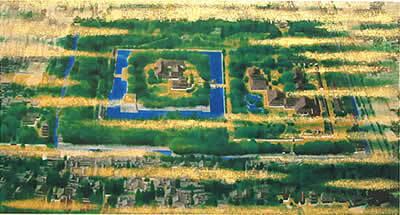
He produced a series of paintings depicting the introduction of Buddhism to Japan. A hibakusha, he portrayed the A-bomb attack on Hiroshima. He was also active in the preservation of the cultural heritage of the world (e.g., the Bamiyan Buddhas) and is internationally appreciated for his efforts in this sphere. Hirayama was awarded the French Légion d'honneur Order in 1996 and Japan's Order of Cultural Merit in 1998 amongst others.
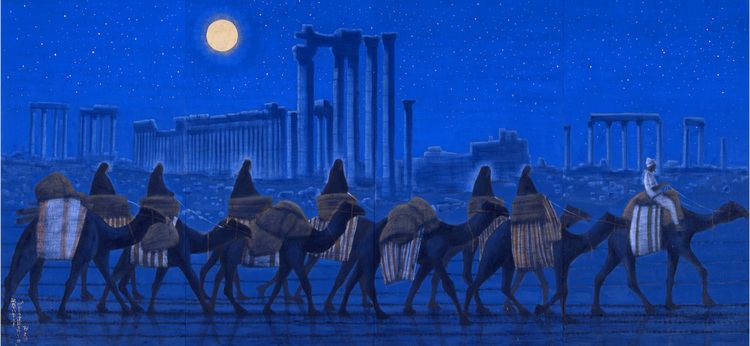
He was sometimes criticized for his profit making activities at the time when he held a position of President of a national university. Some (would-be) connoisseurs even cast doubts upon the authenticity of his highly profitable artworks, claiming that his wife and others made them under his name. He was a patron of historical institutions and gave £500,000 pounds to the British Museum for the creation of The Hirayama Studio, a conservation studio specializing in Eastern pictorial art, which was opened in 1994 and named after him [1] He had a studio in Kamakura, Kanagawa. He also established the Hirayama Trainee Curator in Silk Road Coins at the British Museum. There is a museum dedicated to the artist in Setoda which also has an English Web site at [2].
Collecting
Ikuo Hirayama actively collected material relating to the historical silk road. His collections included Chinese and Gandhara sculpture, Sasanian and Central Asian silver ware, toilet trays and coins, in total at least 222 pieces. His collection is particularly notable for its collection of Gandharan art from Pakistan and Afghanistan. His collection of Central Asian coins was small, containing only 101 items, though these included one of the best preserved of Kanishka I's Buddha coins as well as other important examples
